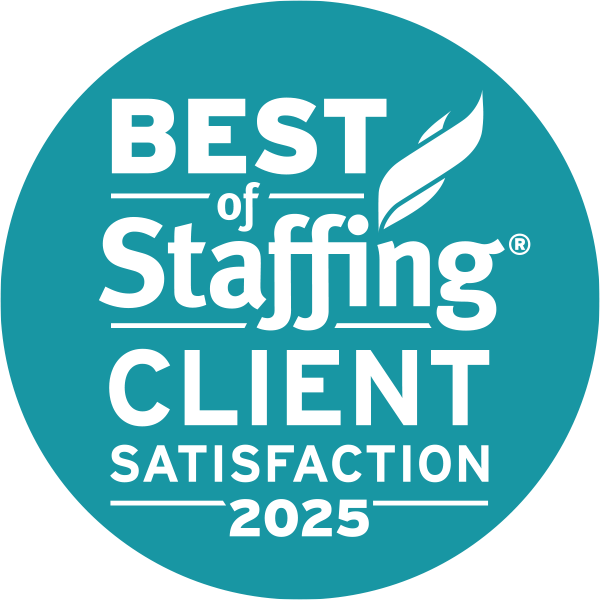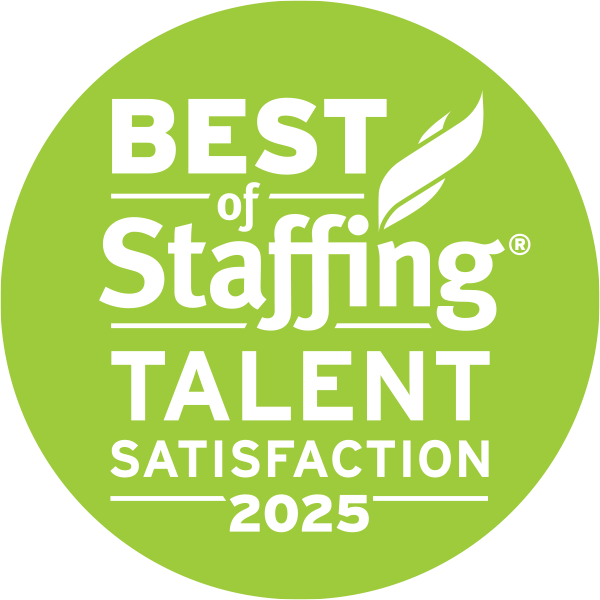THE RESEARCH LINK
Your Monthly Resource for All Things Clinical Research
Understanding Lower Socioeconomic Status Populations’ Access to Clinical Trials
Written by Kari Davis, Clinical Research Recruiter
Clinical trials increase populations’ access to medications and treatments in more ways than one. Subjects have the potential to benefit medically and financially from being enrolled in various trials. Yet there is a gap between those who have access to these benefits and an understanding of the significance of clinical trials. There have been strides within the United States on the recognition of those who do not have access to trials, which has led to national policies.
In 1993, the National Institutes of Health (NIH) passed the ‘Revitalization Act’ stating that women and minorities must be better represented in clinical research. The FDA also began mandating gender analysis in clinical trial data and reversed its requirement that women of childbearing age be excluded from early phase trials. Despite this progress, minorities, elderly people, adolescents, patients from rural communities and those uninsured remain underrepresented (Sharrocks et al., 2013).
Studies have found that a higher socioeconomic status has been associated with an increased growth and access to clinical trials. “Associated factors included: income (increase of 0.7 patients per $1000 increase in mean income); poverty (decrease of 0.32 patients per 1% increase in population in poverty); education level (increase of 1.51 patients per 1% increase in population with a college degree); and employment (decrease of 0.7 patients per 1% increase in unemployment)” (Sharrocks et al., 2013). They also noted that patients enrolled in clinical trials were less likely to be uninsured, and more likely to have Medicare.
The lack of disease education acts as a barrier to understanding the benefits of clinical trial enrollment. “A synthesis of the available literature on African American patients’ participation in cancer prevention, screening, and intervention trials found five elements key to clinical trial participation: negative beliefs about trials, lack of knowledge, influence of faith, health-care provider influence, and friends’ or relatives’ participation in clinical trials, or recommendations” (Sharrocks et al., 2013). Addressing these complex social barriers require tailored community engagement; and consideration of both race and socioeconomic status (SES) will provide a clearer description of true barriers within communities.
Overcoming these barriers can start with efforts into the communities starting with young people. Merck has currently been utilizing ambassadors to spend volunteer hours with middle and high school students in local schools as well as college and university students to reach out to minority populations. University of Pennsylvania has also adopted a similar model by creating the “Community Engagement and Research Core” (CEAR). From their engagement, they have resources dedicated to facilitating “community-based research and community engagement, especially community-based participatory research, and enhance the translation of research and technological developments to key public health and community stakeholders.” Other options could be presenting in gathering places, religious institutions, and helpful centers such as AA to reach varying SES and challenge their misconceptions of clinical trials.
Education is key for the success of clinical trials and to positively impact the lives of minorities or those with lower socioeconomic status.
Cancer Mortality Rate at All-Time Low
Written by James Frascella, Business Development Manager, Clinical Research
The United States has seen a significant decline in cancer mortality rates, reaching an all-time low in 2017, according to an article written by Jacqueline Howard for CNN Health. There are several factors contributing to the decline, the two most significant include decreases in overall smoking rates among Americans and improvements in therapies, specifically immunotherapies. Not only did cancer mortality decrease for lung cancer, but rates also decreased for prostate, breast and colorectal cancers. Cancer death rates peaked in 1991 but have decreased year over year since. Howard highlights that, “The report found an overall drop of 29% as of 2017, which translates into an estimated 2.9 million fewer cancer deaths than what would have occurred if death rates had remained at their peak.”
While education on the harmful effects of smoking and improvements to therapies for treatment have continued to foster positive results, a multifaceted approach is critical to success. The article outlines gaps in screening that, if improved, could ultimately help drive the mortality rate even lower. The director of the Yale Cancer Center stressed how important it is to understand that immunotherapies are not effective treatments for all types of cancer, which means the industry must invest in a variety of therapies to help increase effective treatment for all types of cancers. Another key initiative for the future of cancer treatments will be the effort to decrease the disparity in incidence and mortality rates across cultures.
While we should celebrate the progress that has already been made, we must focus on attacking areas where we know improvements are needed if we are to continue driving down cancer mortality rates moving forward.
For more detailed statistics and in-depth analysis, please read Jacqueline Howard’s article at: https://www.cnn.com/2020/01/08/health/cancer-death-rate-largest-decline-year-us-study/index.html.
INTERVIEW INSIGHT
Questions to ask when interviewing for a Clinical Research role.
HIGHLIGHT SKILLS
- What are the ideal characteristics in a candidate for this role?
- Use this as an opportunity to highlight your tangible skills.
UNDERSTAND CULTURE
- What do you like most about working here?
- Get an understanding of the company culture and what employees look forward to in the office.
DEFINE SUCCESS
- How would success be measured in this role?
- Get insight into what skills it will take for you to be successful in this role.
GET THE OFFER
- What hesitations to you have towards extending an offer to me in this role?
- Use this as an opportunity to provide examples of how your skills and ability will help you to overcome the hesitations mentioned.









